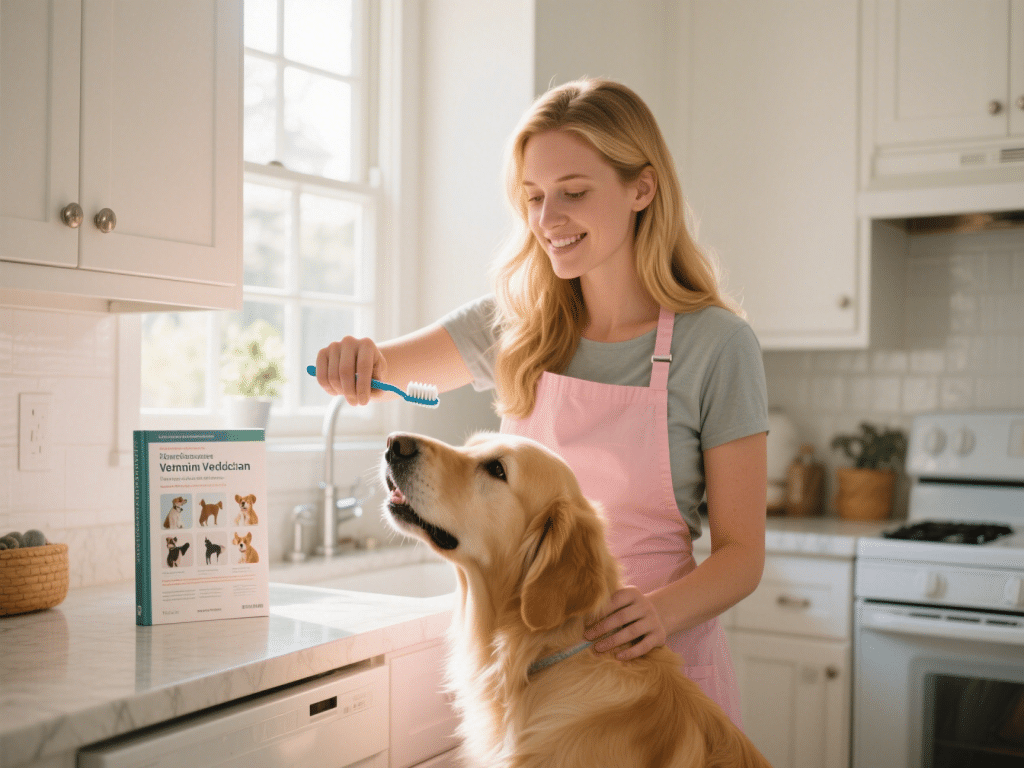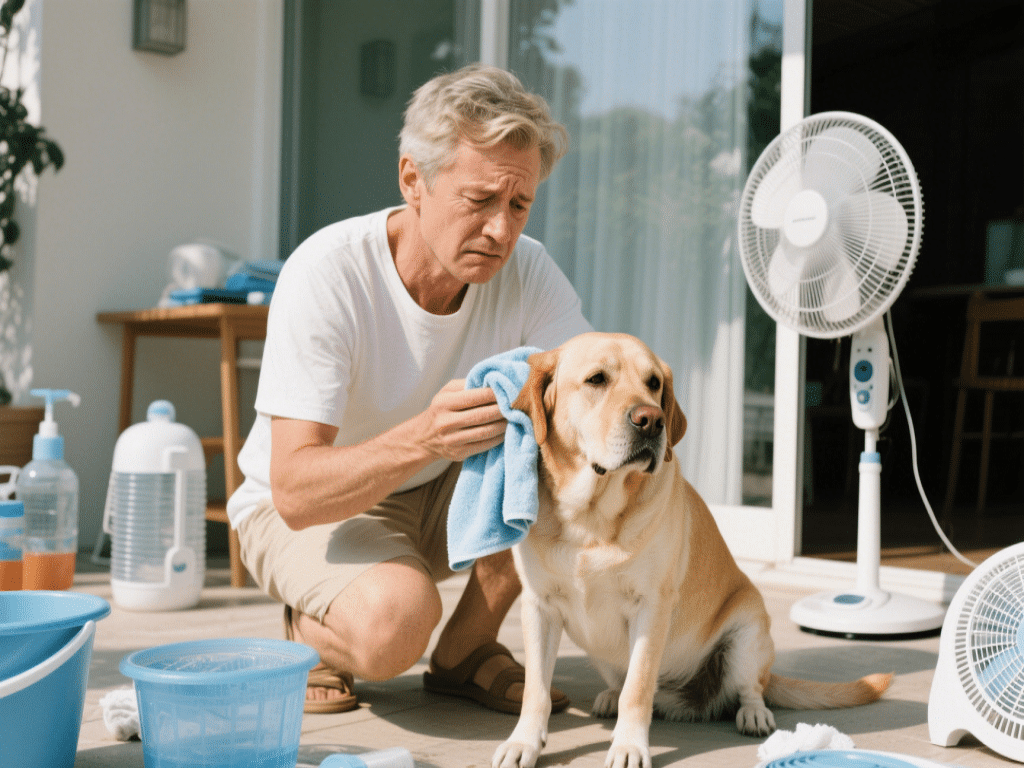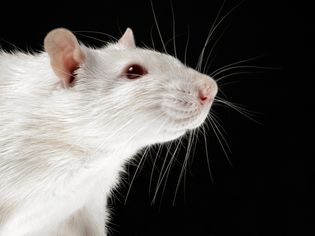The Ultimate Guide to Pet Dental Care: How to Keep Your Pet’s Teeth Healthy
Why Dental Health is Non-Negotiable
Over 80% of dogs and 70% of cats develop periodontal disease by age three, leading to pain, tooth loss, and systemic organ damage. Bacteria from infected gums enters the bloodstream, potentially damaging heart valves and kidneys. Unlike humans, pets rarely show obvious pain signals, making proactive care essential.
Species-Specific Dental Threats
Dogs: Fractured teeth (from hard chews), slab fractures (common in large breeds), and retained baby teeth
Cats: Tooth resorption lesions (affecting 30-60% of adults) and chronic gingivostomatitis
Evidence-Based Home Care Protocol
1. Brushing: The Gold Standard
Tool Selection: Use enzymatic pet toothpaste (never human products containing xylitol) and a SOFT-bristled brush or finger brush.
Technique: Lift lips gently, brush at 45-degree angle to gumline with circular motions. Focus on outer surfaces.
Frequency: Minimum 4x weekly. Start with 5-second sessions, reward with praise.
2. Dental Diets & Water Additives
Prescription dental kibble (VOHC® accepted) mechanically scrubs teeth. Studies show 20-70% tartar reduction versus regular diets. Alcohol-free water additives provide supplemental protection when brushing isn’t possible.
3. Chew Selection Science
Avoid hard bones/antlers causing fractures. Choose flexible chews that bend slightly:
Dogs: Rubber textured toys (Kong Dental Stick), rawhide alternatives like veggie chews
Cats: Silvervine sticks, dental-specific dry food
Professional Intervention Timeline
| Pet Age | Dental Exam Frequency | Critical Signs Requiring Vet Visit |
|---|---|---|
| < 1 year | Biannual | Retained baby teeth, misalignment |
| 1-7 years | Annual | Yellow/brown tartar, mild gingivitis |
| 7+ years | Biannual | Bleeding gums, loose teeth, drooling |
Anesthesia-Free Cleaning Risks: Vets universally condemn this practice. It removes visible tartar only, leaving sub-gingival disease undetected and causing gum trauma. Anesthesia allows comprehensive probing, X-rays (revealing 40% of disease below gums), and pain-free scaling.
Cost-Saving Prevention Strategy
Annual professional cleanings ($300-$700) prevent costly extractions ($800-$2,500) and emergency treatments for abscesses. Insurance covering dental illness reimburses 80-90% after deductible – enroll before issues arise.
Immediate Action Steps:
Schedule a veterinary oral assessment
Purchase species-appropriate toothpaste and brush
Replace hard chews with VOHC® accepted products
Start 60-second daily brushing sessions
Consistent dental care extends pet lifespan by 2-4 years by preventing systemic inflammation. Initiate protocols today – your pet’s quality of life depends on it.










Comments on "The Ultimate Guide to Pet Dental Care: How to Keep Your Pet’s Teeth Healthy" :